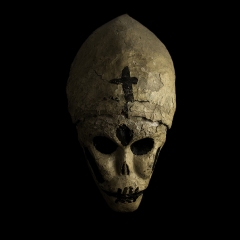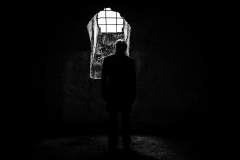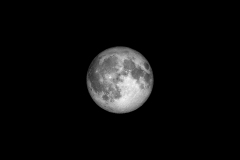
This series of photographs examines the way in which personal identity changes over time, and how the older self strives to make contact with the inner younger self. These pictures take us on a journey into the darker passages of the human psyche. Playing with allusions to the genre of gothic horror, the work uses the unmet gaze of the uncanny Other to interrogate the malleability of personal identity over the years—for time makes an Other of the Self. These pictures pose the riddle of what it means to be the same person through the long, dark passages of time, using the metaphor of a ruined medieval castle. “Would my search ever come to an end? And did I really want to see what was there, when my pursuit finally found its mark? The key lay in another part of my life, a remote time that held the same self, the same me."

Traditional early-century Mexican masks from Guerrero let us explore the socially disruptive power of a malleable identity. These masks were used in festivals to embody the antagonists of the people in public rituals and plays, in order to mock and humble the enemy, the despised 'Other'. The targets include colonials—the Spanish, French, and Yankee, as well as animals such as locusts that ate the crops, and demons that brought disease and disorder … and the ultimate 'Other', death. As well as playing this dramatic role, some masks were also used in shamanism to allow the shaman to embody discarnate spirits. The dramatic and shamanic uses of the masks form a continuum: art and spiritual practice were not completely separated as they are in modern thinking, and likewise the masks themselves respect no absolute boundary between dramatic depiction and shamanic manifestation. The striking power of the mask actually to change the identity of the wearer, to meld the consciousness of the wearer with the powers of the depicted character, is brought out in these pictures. Masks are used courtesy of Lance and Neila Wyman.

This photograph complements 'Mirror of Identities' and 'Unfaced', which examine challenging questions of identity from how personal identity changes over time, and how identity can be manipulated with potent ethnic masks. When everything else is stripped away, what is it to become someone?

The darkness at the end of the tunnel reflects our inability to find the definitive meaning in the vast distance of the Moon, or the depth of a long tunnel. Out of reach and almost out of mind. These two photographs were inspired by Alfred Hitchcock's film 'Vertigo', which used the unsettling effect of the long perspective as a semiotic disruption.